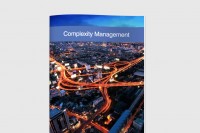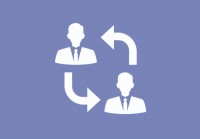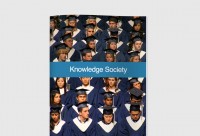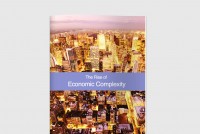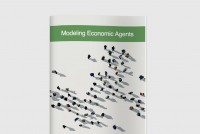A central part of the rise in environmental awareness over the past few decades has been a growing awareness of the linear model to our existing economy. Indeed, today this linear model is probably the most often identified – and criticized – structural feature to our existing industrial economy driving unsustainable results. This linear economic model is captured in the popular description of the economy as a process of “take, make and dispose.”
The circular has risen over the past few decades as an alternative paradigm to the linear model and takes its central insights from living systems. It considers that our systems should work like organisms, processing nutrients that can be fed back into the cycle. This new form economy that focuses on the internal organization to the flow of energy and resources through the economy is called the circular economy. Built on the idea of feedback loops, that things don’t just disappear; materials and energy go on existing after we use them and this can be a massive source of value. From this perspective, a sustainable economy is one without dead ends, with solutions in a sustainable economy built on closing loops between different energy and material flow and converting them into cycles. This paper outlines the basic principles of a circular economy and looks a how to enable sustainable solutions through evolutionary and resilience approaches.
Publish Date: 6-1-2017
Length: 14 pages
Type: Environment Insight

